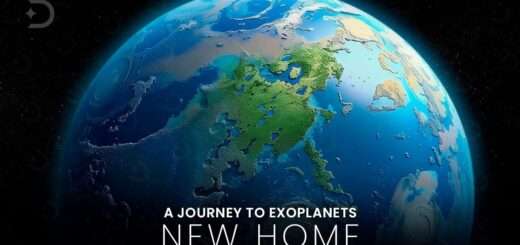Life in the Habitable Zone: What We Know and What We’re Still Discovering
The concept of a habitable zone, also known as the Goldilocks zone, refers to the region around a star where conditions are just right for liquid water to exist on the surface of a planet. This zone is not too hot and not too cold, making it possible for life as we know it to flourish.
In our own solar system, Earth is located in the habitable zone of the Sun, which is why it is teeming with a wide variety of life forms. But as we continue to explore the universe, scientists are discovering that there are many other planets and moons that may also be capable of supporting life in the habitable zone of their respective stars.
One of the most exciting recent discoveries in the search for habitable planets is the TRAPPIST-1 system. This system, located about 40 light-years away from Earth, contains seven Earth-sized planets orbiting a small, dim star. Three of these planets are located in the habitable zone, leading scientists to believe that they could potentially harbor liquid water and even life.
But despite these exciting discoveries, there is still much that we don’t know about life in the habitable zone. For example, while liquid water is considered a key ingredient for life as we know it, it is not the only factor that determines a planet’s habitability. Other factors, such as the presence of a stable atmosphere, the composition of the planet’s surface, and the presence of a magnetic field to protect against harmful solar radiation, also play a crucial role.
Furthermore, our understanding of what constitutes a habitable planet is constantly evolving. For example, recent studies have shown that some planets previously thought to be too cold to support life may actually have the potential to host microbial life in subsurface oceans or beneath thick layers of ice.
In addition, the discovery of extremophiles – organisms that thrive in extreme environments on Earth such as deep-sea hydrothermal vents or acidic hot springs – has expanded our definition of what conditions can support life. This has led scientists to speculate that life could potentially exist in a wide range of environments, from the scorching surface of a desert planet to the icy depths of a moon’s subsurface ocean.
As we continue to explore the cosmos and search for habitable planets beyond our solar system, it is clear that there is still much to learn about life in the habitable zone. But with advances in technology and the ongoing efforts of astronomers and astrobiologists around the world, we are getting closer to answering the age-old question: are we alone in the universe?













